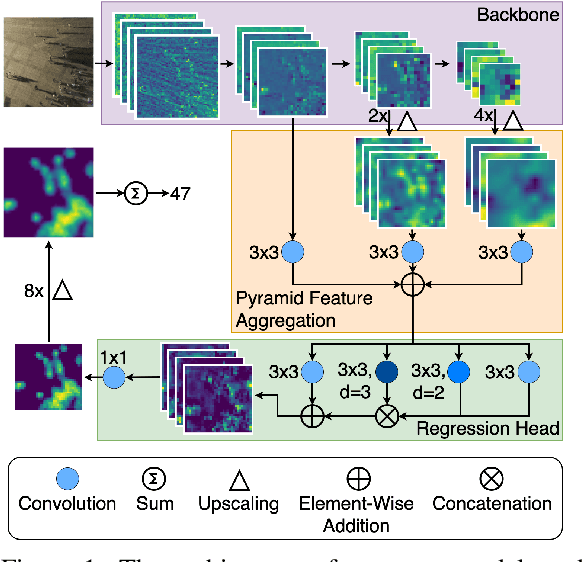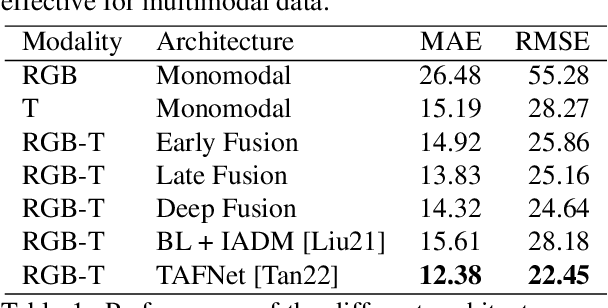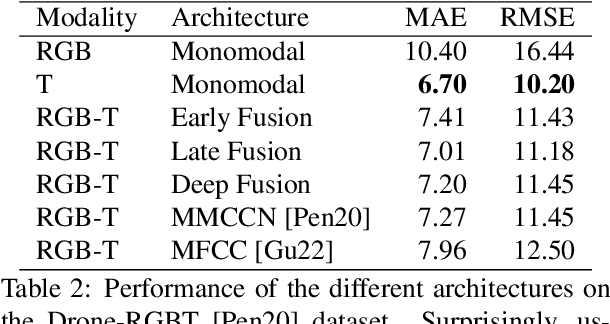Martin Thißen
Enhancing Canine Musculoskeletal Diagnoses: Leveraging Synthetic Image Data for Pre-Training AI-Models on Visual Documentations
Sep 12, 2024



Abstract:The examination of the musculoskeletal system in dogs is a challenging task in veterinary practice. In this work, a novel method has been developed that enables efficient documentation of a dog's condition through a visual representation. However, since the visual documentation is new, there is no existing training data. The objective of this work is therefore to mitigate the impact of data scarcity in order to develop an AI-based diagnostic support system. To this end, the potential of synthetic data that mimics realistic visual documentations of diseases for pre-training AI models is investigated. We propose a method for generating synthetic image data that mimics realistic visual documentations. Initially, a basic dataset containing three distinct classes is generated, followed by the creation of a more sophisticated dataset containing 36 different classes. Both datasets are used for the pre-training of an AI model. Subsequently, an evaluation dataset is created, consisting of 250 manually created visual documentations for five different diseases. This dataset, along with a subset containing 25 examples. The obtained results on the evaluation dataset containing 25 examples demonstrate a significant enhancement of approximately 10% in diagnosis accuracy when utilizing generated synthetic images that mimic real-world visual documentations. However, these results do not hold true for the larger evaluation dataset containing 250 examples, indicating that the advantages of using synthetic data for pre-training an AI model emerge primarily when dealing with few examples of visual documentations for a given disease. Overall, this work provides valuable insights into mitigating the limitations imposed by limited training data through the strategic use of generated synthetic data, presenting an approach applicable beyond the canine musculoskeletal assessment domain.
Why Existing Multimodal Crowd Counting Datasets Can Lead to Unfulfilled Expectations in Real-World Applications
Apr 13, 2023



Abstract:More information leads to better decisions and predictions, right? Confirming this hypothesis, several studies concluded that the simultaneous use of optical and thermal images leads to better predictions in crowd counting. However, the way multimodal models extract enriched features from both modalities is not yet fully understood. Since the use of multimodal data usually increases the complexity, inference time, and memory requirements of the models, it is relevant to examine the differences and advantages of multimodal compared to monomodal models. In this work, all available multimodal datasets for crowd counting are used to investigate the differences between monomodal and multimodal models. To do so, we designed a monomodal architecture that considers the current state of research on monomodal crowd counting. In addition, several multimodal architectures have been developed using different multimodal learning strategies. The key components of the monomodal architecture are also used in the multimodal architectures to be able to answer whether multimodal models perform better in crowd counting in general. Surprisingly, no general answer to this question can be derived from the existing datasets. We found that the existing datasets hold a bias toward thermal images. This was determined by analyzing the relationship between the brightness of optical images and crowd count as well as examining the annotations made for each dataset. Since answering this question is important for future real-world applications of crowd counting, this paper establishes criteria for a potential dataset suitable for answering whether multimodal models perform better in crowd counting in general.
 Add to Chrome
Add to Chrome Add to Firefox
Add to Firefox Add to Edge
Add to Edge